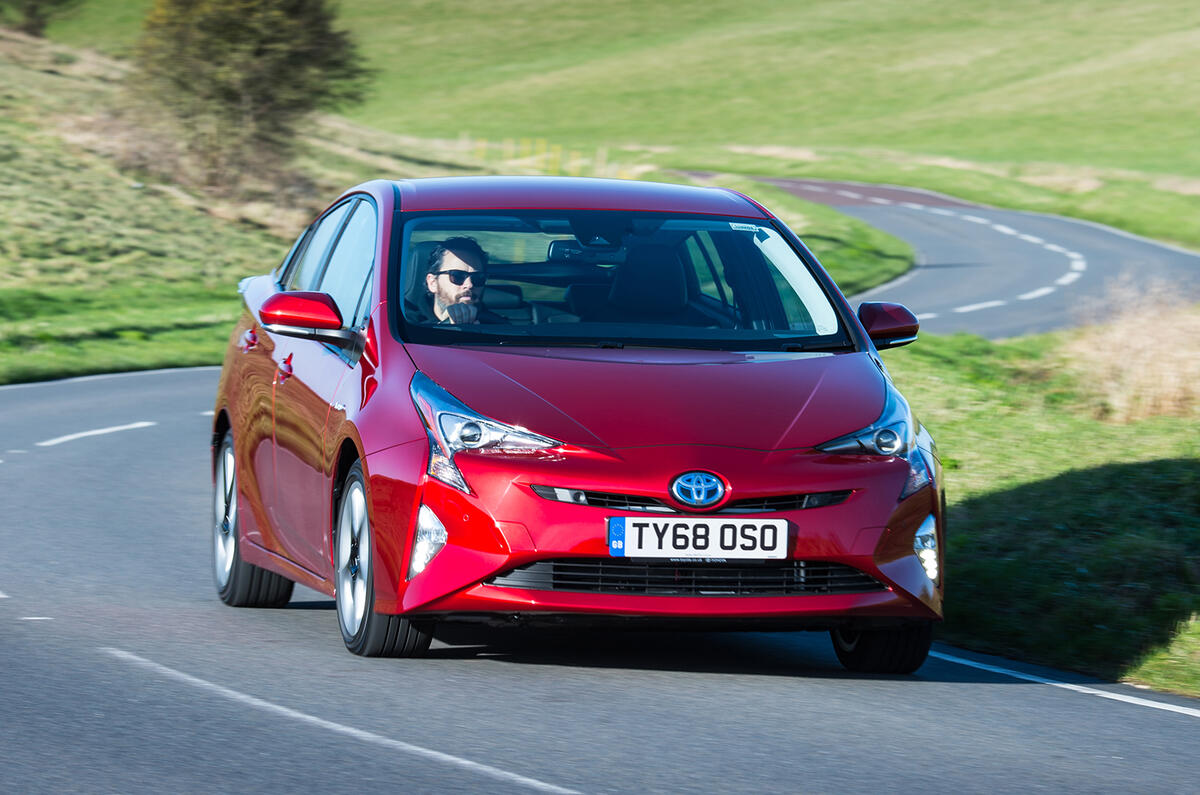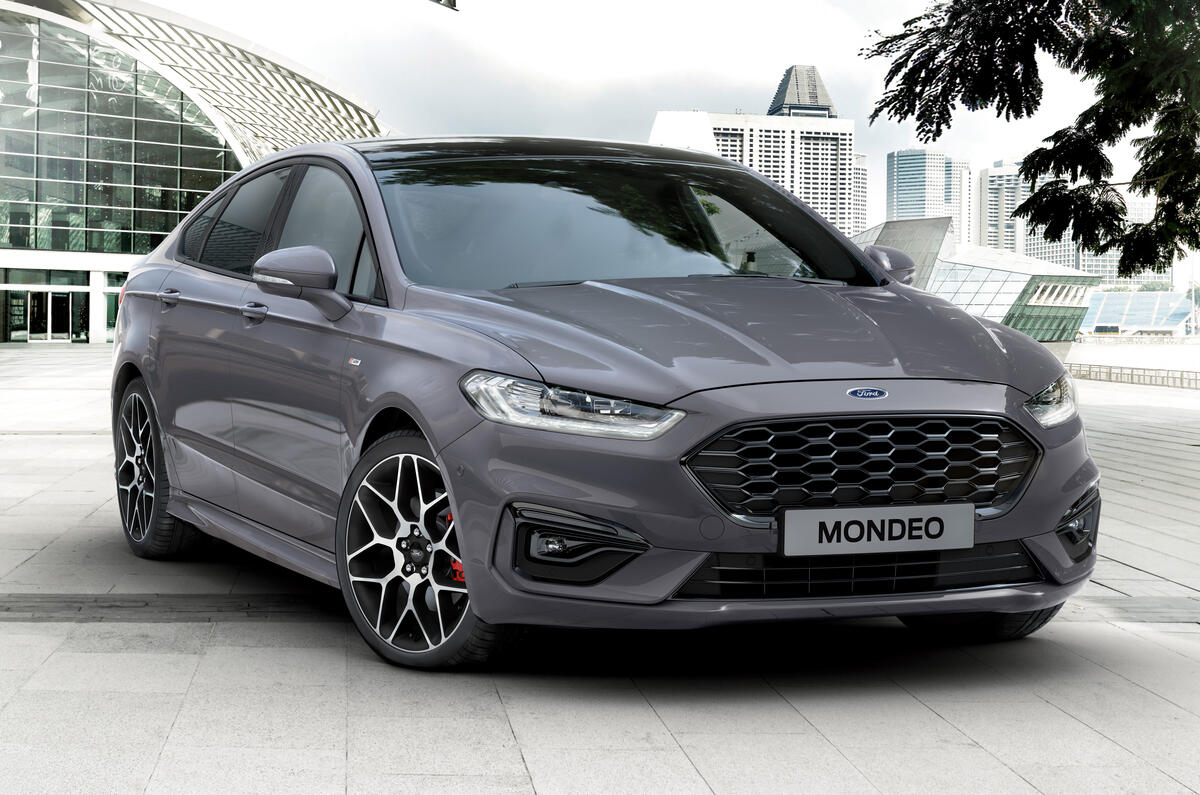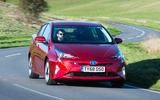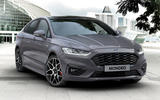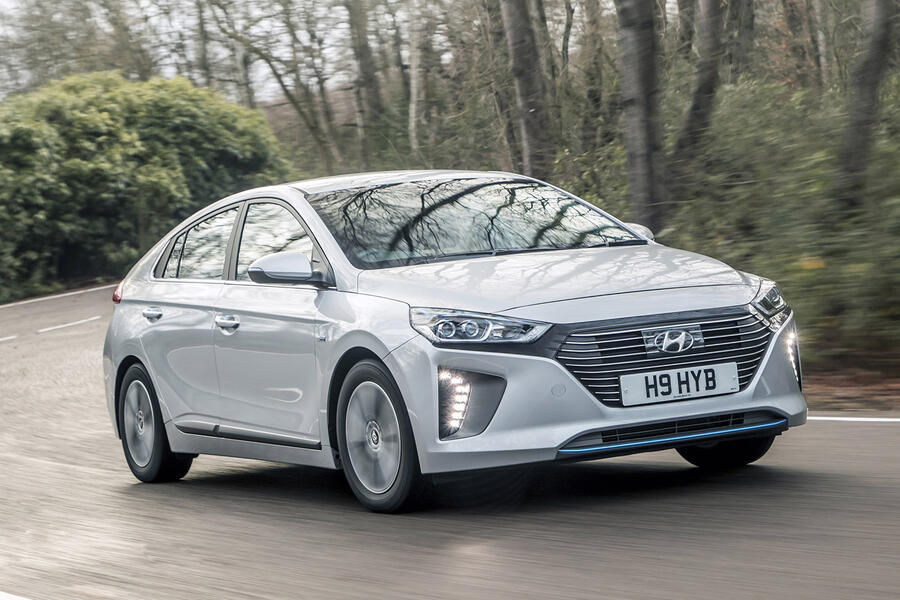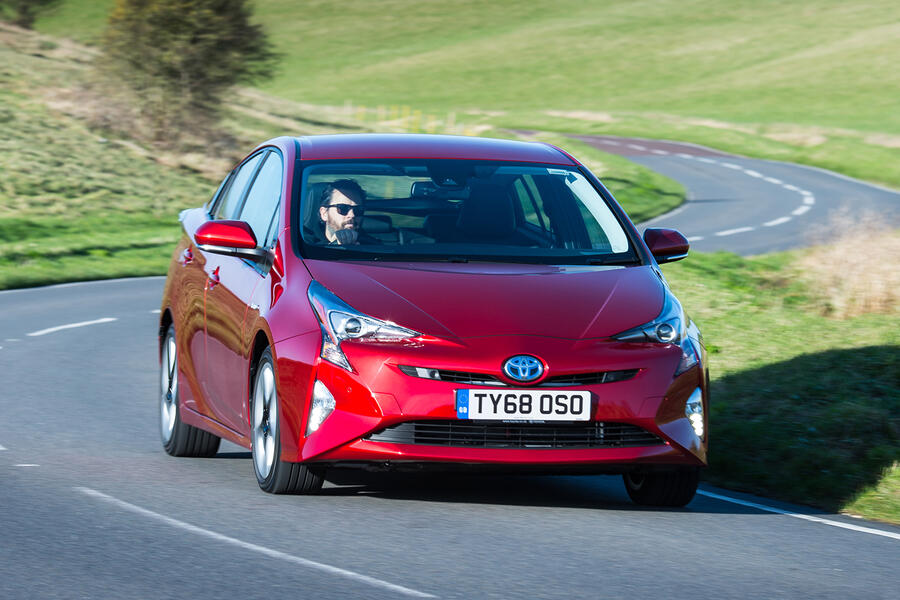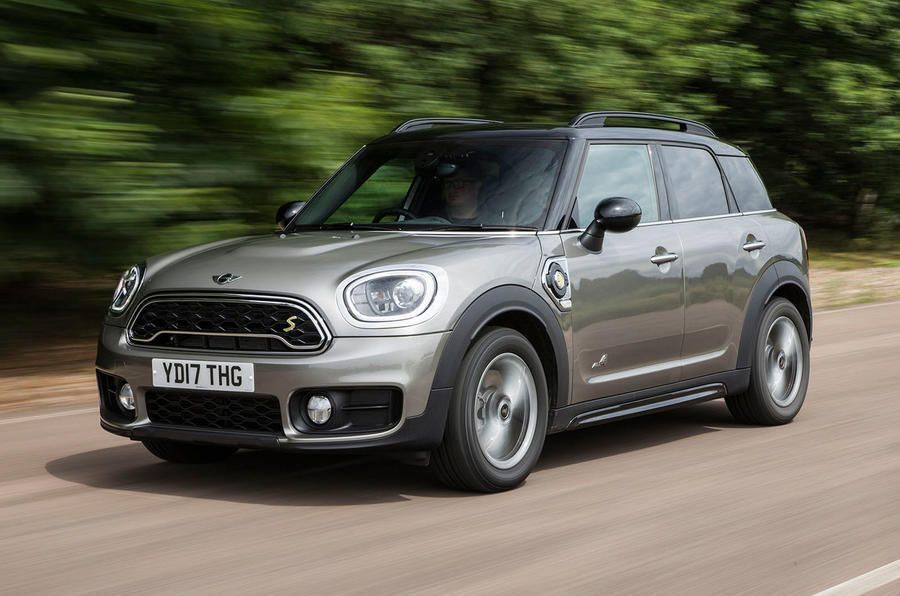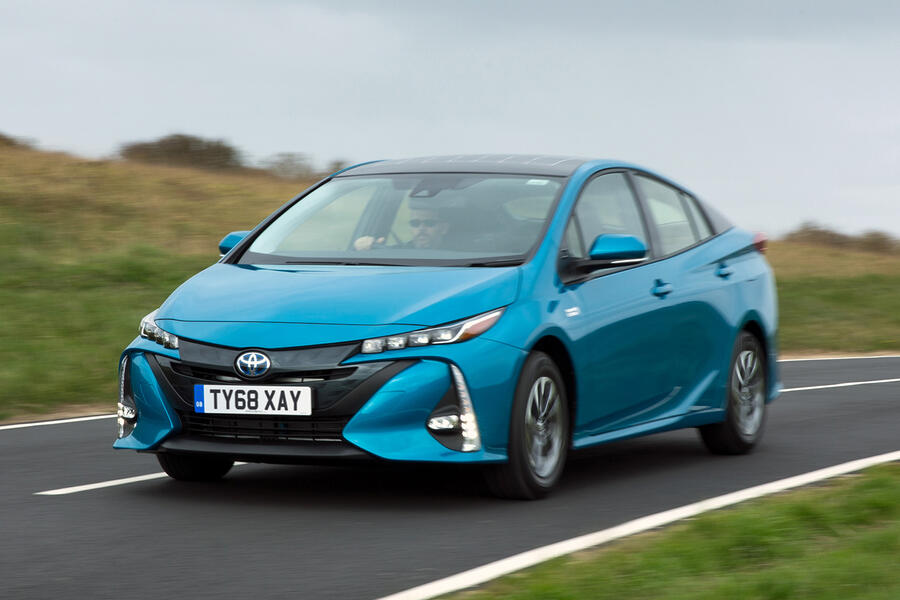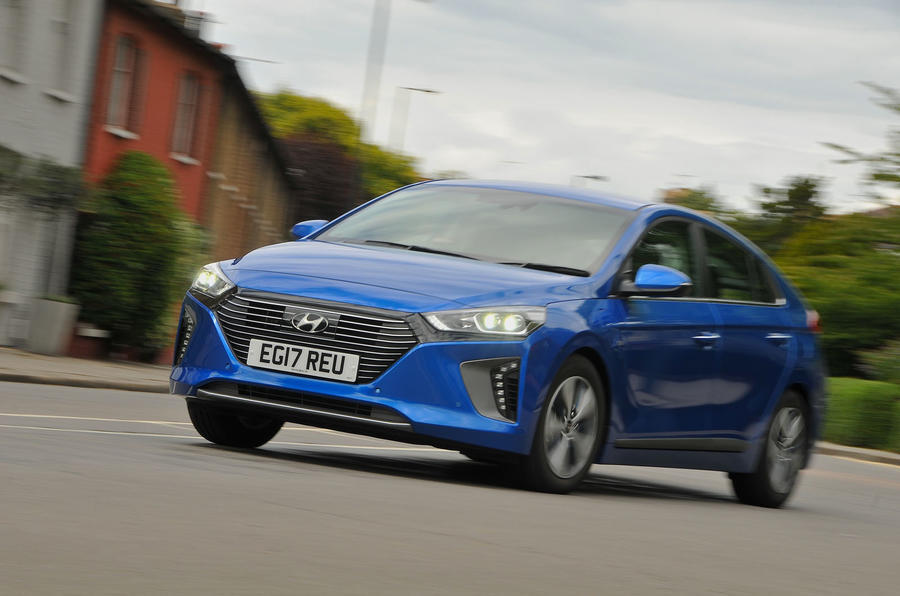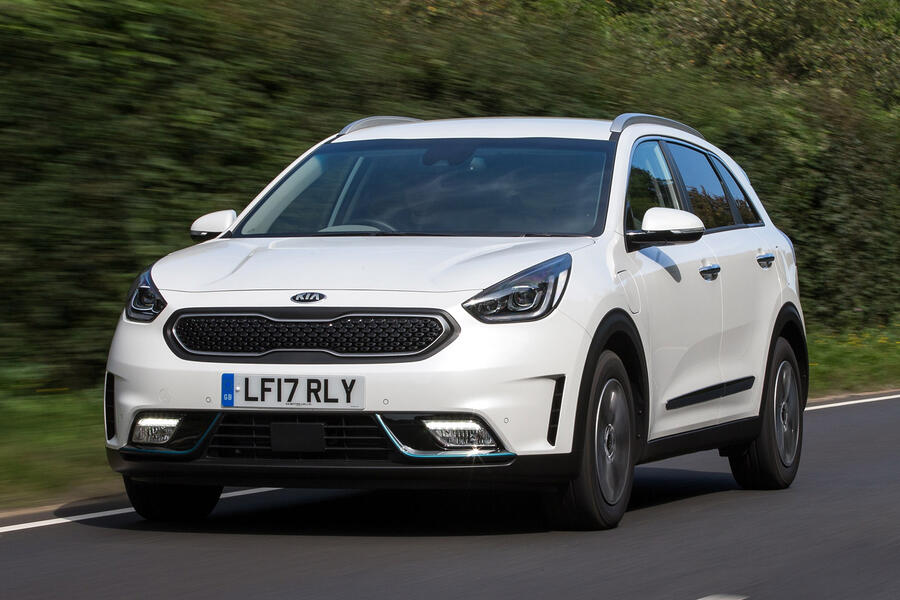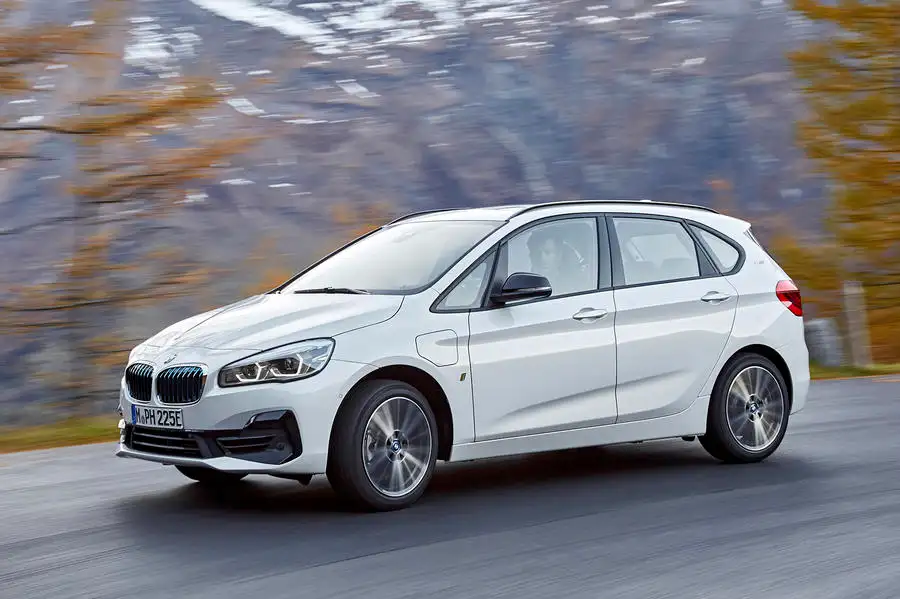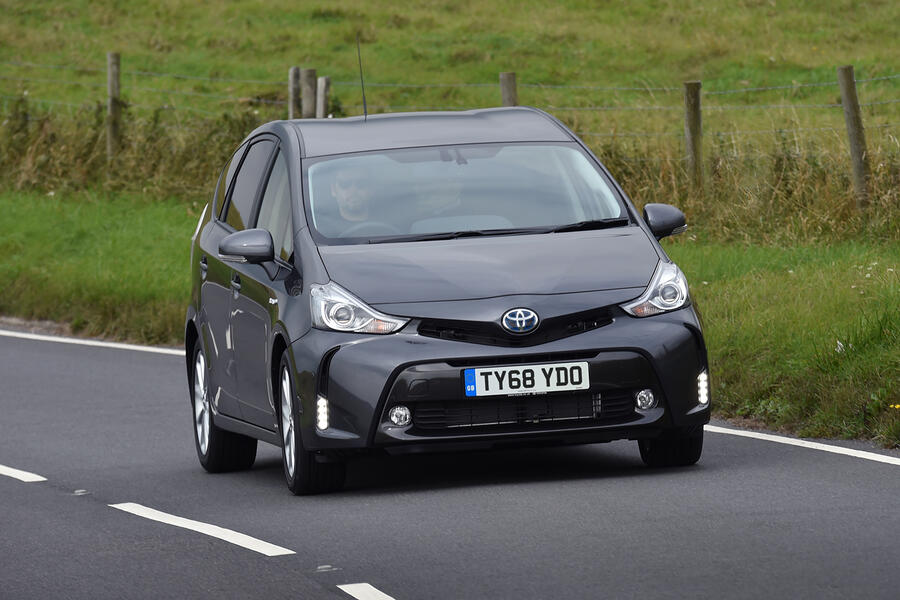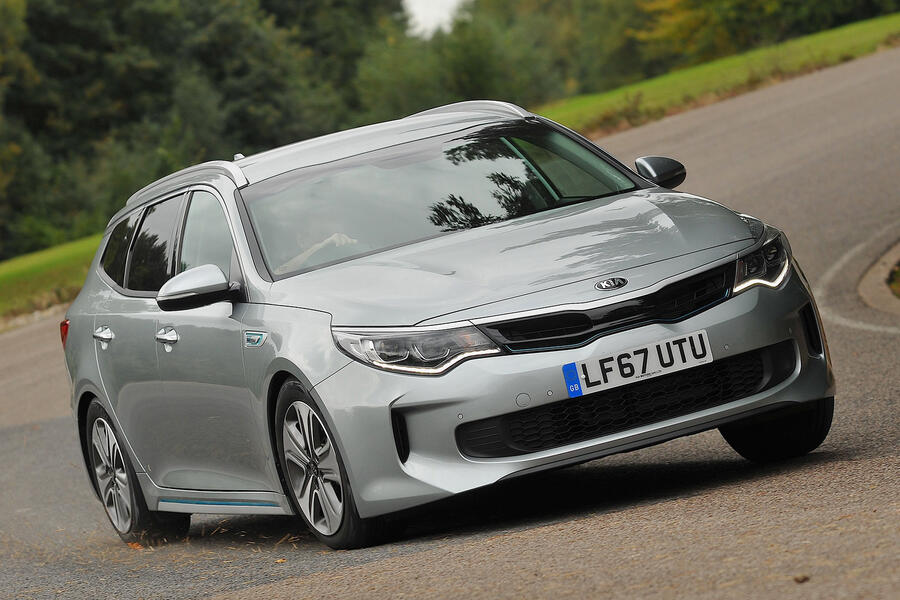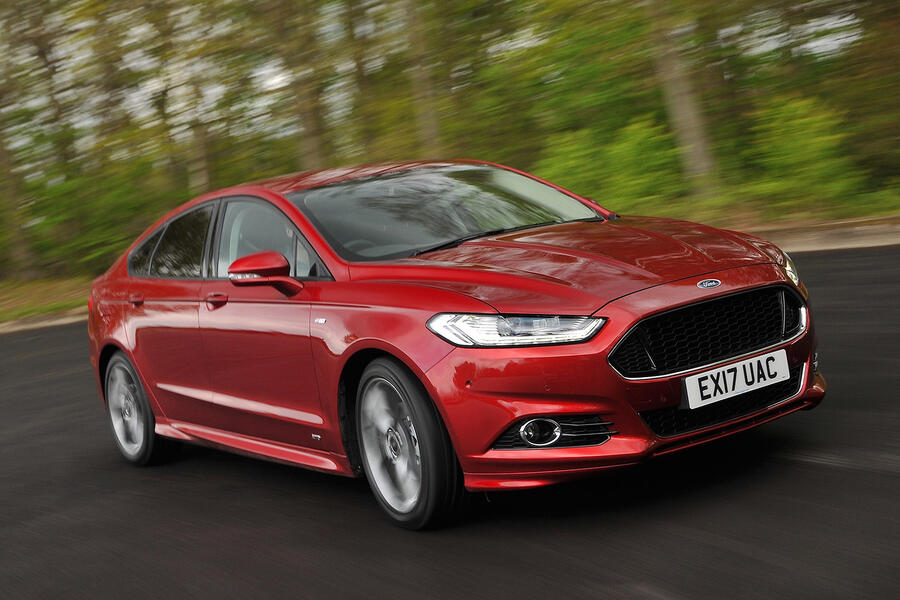New European emissions legislation and the removal of UK government purchase incentives have had a big impact on the market for hybrid hatchbacks. After the deletion of BMW’s range-extended i3, the suspension of Volkswagen’s GTE models and the removal from sale of Audi’s A3 eTron, this top ten looks quite different today than it did a year or so ago.
The cars within it all remain driven primarily by a small petrol engine paired to an electric motor, of course. Hybrids provide drivers with the instant torque and pedal response of that electric motor but without the range anxiety that comes with EV ownership – but some offer significantly more zero-emissions assistance than others, also making for greater returns on drivability and real-world economy.
With more choice available than ever, split between conventional ‘self-charging’ hybrids and more expensive plug-in alternatives, we pick out the top ten best hybrid hatchbacks currently on sale below.
1. Hyundai Ioniq plug-in hybrid
When, in October 2018, the UK government removed the £1500 tax incentive formerly applied to plug-in hybrids, the spotlight was shone more brightly than ever on the ones that best combine usability, real-world economy and value.
The Hyundai Ioniq Plug-in has always delivered on that combination better than its PHEV rivals; but now that WLTP emissions laws have, for the moment at least, removed several of its rivals from the UK stage – and now that value-for-money matters that bit more – it assumes top-of-the-class status among affordable petrol-electric offerings.
Priced at little more than £28,000, this car puts a practical, daily-usable source of ultra-low emissions motoring within the reach of more customers than could otherwise afford it from a proper family car. The Ioniq is roomy and pleasant, and while the car’s driving experience isn’t as slick and well-resolved as we’ve seen from manufacturers more practiced with the technology, it’s entirely passable – and mixed combustion power with electric pretty seamlessly most of the time.



